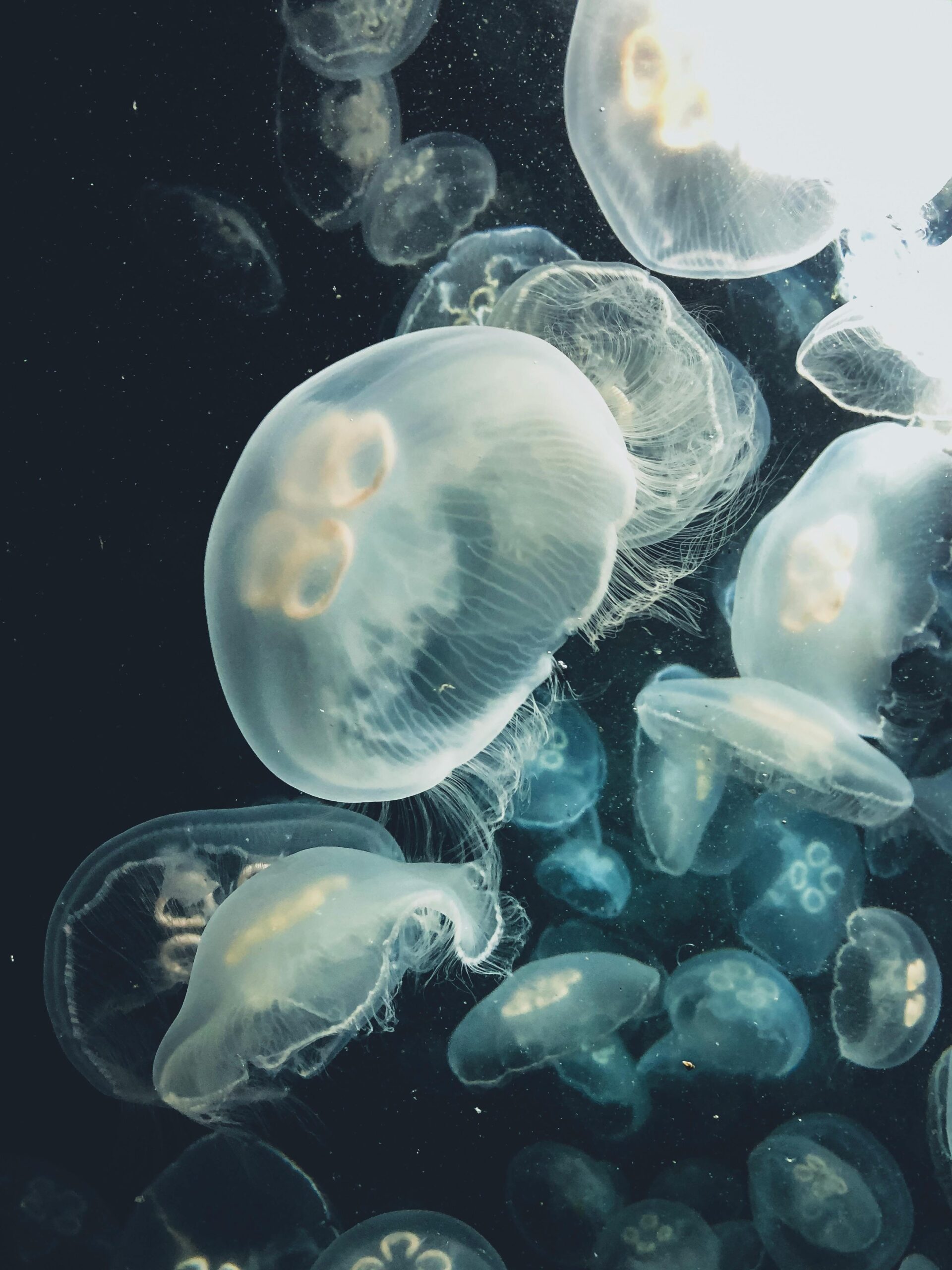Smart Ways to Optimize Your Aquarium Water Pump for Healthy Fish Tanks in 2025
Essential Guide to Choosing the Right Aquarium Water Pump
Choosing the right aquarium water pump is crucial for maintaining a healthy fish tank ecosystem. The pump is not just responsible for water circulation; it also plays a significant role in filtration, oxygenation, and overall water quality in aquariums. With so many options on the market, understanding how to select the best aquarium water pump can be overwhelming. Accurate sizing and compatibility with your tank type are paramount to ensure the pump supports aquatic life effectively.
For instance, a powerful aquarium water pump is necessary for larger tanks or aquascapes, while small aquarium water pumps suffice for smaller setups. The optimal pump size depends on your aquarium’s volume and the specific requirements of the species you are keeping. Equally important is the selection of a quiet aquarium water pump to minimize disturbances while maximizing efficiency.
When evaluating options, consider checking aquarium pump reviews for insights on performance and reliability. Also, familiarize yourself with the features that matter most, like adjustable flow rates and energy efficiency, which can save you on electricity bills while ensuring superb performance.
Understanding Aquarium Water Movement
Adequate water movement is vital for maintaining an optimal environment in fish tanks. It aids in oxygen distribution and helps prevent stagnant areas where harmful algae can thrive. Moreover, water movement supports the biological filtration process, ensuring that beneficial bacteria thrive, which are crucial for breaking down waste materials. An adjustable flow aquarium pump allows you to tailor the current to the specific needs of your aquatic life, promoting a balanced ecosystem.
When considering water movement, keep in mind the dynamics of your aquarium setup. For instance, fish that prefer calmer waters may benefit from a submersible aquarium pump with adjustable flow capabilities. Conversely, species that thrive in fast-moving waters will appreciate a robust external aquarium water pump to create the necessary current.
Key Features to Look for in a Fish Tank Water Pump
Understanding the features of different pumps can greatly affect your aquarium’s health. Here are some critical aspects to consider:
- Flow Rate: This refers to how quickly the water circulates through your tank. Knowing your aquarium’s volume helps you choose a pump with the appropriate flow rate.
- Energy Efficiency: Look for energy-efficient aquarium pumps to reduce energy consumption while ensuring sufficient circulation for your aquatic ecosystem.
- Noise Levels: If you desire a tranquil environment, opt for a silent aquarium water pump that operates quietly.
- Durability Ratings: A long-lasting aquarium pump can save costs on replacements and repairs.
How to Set Up Your Aquarium Pump for Optimal Performance
Once you’ve selected the right pump for your needs, the next step is correct installation to maximize performance. It’s essential to follow the manufacturer’s guidelines closely to avoid common pitfalls during setup. The seamless integration of your pump into your aquarium system can significantly impact its efficiency and the overall health of your fish.
Proper positioning of the pump ensures optimal water circulation. Place the pump in an area where it can draw water easily without any blockages. Moreover, if your aquarium incorporates a filter pump for freshwater aquariums, ensure that both systems communicate cohesively to maintain desired water quality.
Step-by-Step Pump Installation Process
Here are steps for a successful aquarium pump installation:
- Read through the user manual. Familiarity with the installation process is critical.
- Choose an ideal location inside or outside the tank for the pump, ensuring that it does not interfere with your decor.
- Attach any necessary tubing to connect the pump to your filter system.
- Fill your aquarium with water and check for leaks once the pump is secured.
- Plug in the pump and observe its operation. Ensure it’s running smoothly without excessive noise.
Common Aquarium Pump Setup Mistakes to Avoid
Setting up an aquarium pump correctly is vital, but there are frequent mistakes that many hobbyists make. Overlooking the manufacturer’s recommendations can lead to performance issues down the line.
Another common error involves selecting a pump that is either too weak or too powerful for the aquarium size, leading to inadequate filtration or excessive water movement that can stress fish. Always check the specified flow rate and compare it with your aquarium’s requirements.
Lastly, neglecting maintenance can reduce the efficiency of even the best aquarium water pumps. Ensure you regularly clean and inspect the pump according to the guidelines to extend its lifespan and maintain optimal water quality.
Advanced Techniques to Enhance Your Pump’s Efficiency
Optimizing your aquarium pump doesn’t stop at the initial setup. Advanced techniques can further enhance the pump’s performance and ensure that your aquatic life thrives. Regular monitoring of water parameters and pump operation can alert you to changes that may require adjustments to your system.
Promoting Efficient Water Circulation
Furthermore, utilizing multiple pumps can vastly improve water circulation and quality. Strategically placing these pumps can create diverse water flow patterns throughout your tank, promoting better oxygenation and nutrient distribution, essential for aquatic plants and fish alike.
For larger aquariums, consider investing in a dual-function water pump that can handle filtration and water flow together, making it easier to maintain your tank environment. Moreover, utilizing pump accessories, such as flow valves, can help regulate the water movement to suit specific tank needs.
Monitoring and Adjusting Water Flow Rates
Regularly monitor the pump’s flow rate and adjust as necessary. Most modern pump systems come equipped with variable control units that allow you to fine-tune flow based on tank setup, species needs, and plant growth requirements. Observing how your fish interact with the current will indicate whether adjustments are needed.
Maintenance Tips for Long-Lasting Aquarium Pump Functionality
To ensure that your pump functions optimally for years, keep up with regular maintenance and monitoring. Being proactive prevents issues that could negatively affect your aquarium’s health.
Common maintenance tasks include cleaning the pump regularly, checking for debris that may clog the impeller, and confirming that all tubing remains intact and free from leaks. Creating a maintenance routine aligned with your tank’s needs will keep your pump performing at its best.
Creating a Pump Maintenance Schedule
Setting up a pump maintenance schedule promotes a proactive approach to pump care. Here’s a suggested plan:
- Monthly Checks: Examine pump performance, clean external parts, and check flow rate.
- Quarterly Cleanings: Disassemble, clean, and inspect the entire pump system.
- Annual Overhaul: Replace worn parts, ensure that tubing and electrical connections are in good condition.
Common Problems and Troubleshooting Tips
If your aquarium pump begins to malfunction, it’s important to troubleshoot effectively. Common issues include noise levels exceeding normal operation, reduced flow rates, or a complete stop of the pump.
Listening for unusual sounds can indicate internal issues such as impeller blockage. Check for obstructions and clean the impeller thoroughly when necessary. If the pump stops working, ensure that it is still connected to the power supply and not overloaded. If problems persist, consulting pump manufacturers or aquarium care tips can provide additional assistance.
Final Thoughts on Aquarium Pump Optimization
Optimizing your aquarium water pump is an ongoing process of understanding your system and making informed choices to support aquatic life. From the selection of the best aquarium water pump to employing advanced maintenance techniques, each step contributes to the health of your aquarium. Embrace these smart strategies in 2025 for a thriving, vibrant aquatic environment!

By investing time and resources into your aquarium pump setup and maintenance, you ensure that your fish enjoy a stable and healthy environment conducive to their growth and wellbeing.

